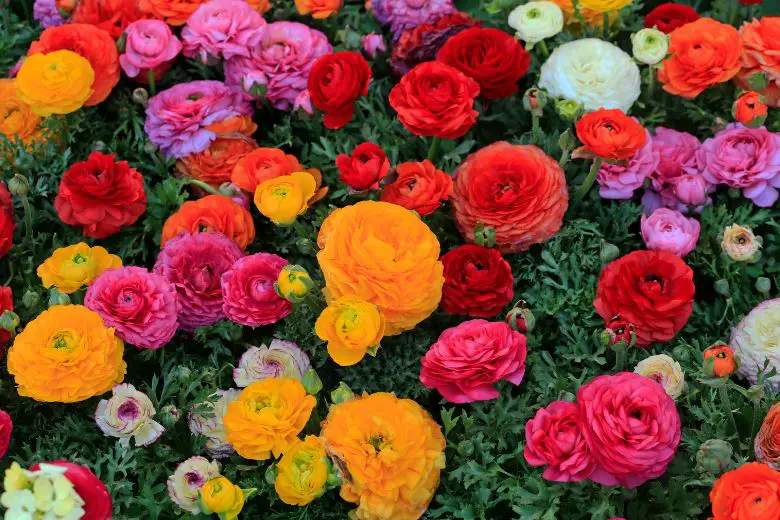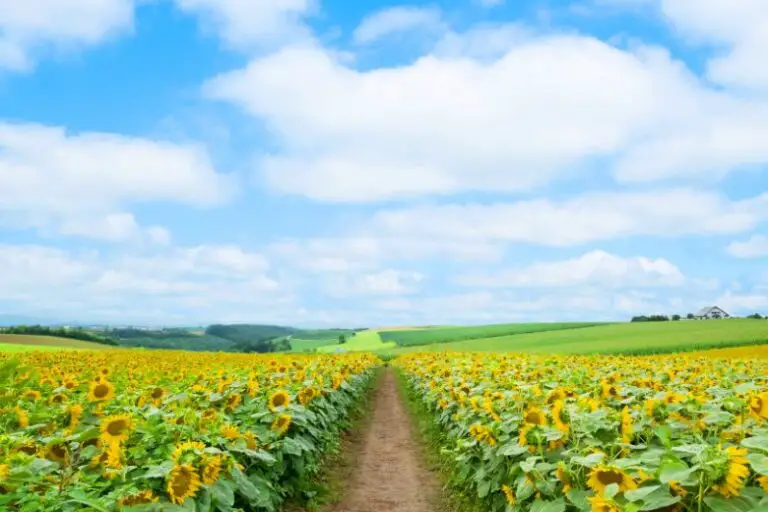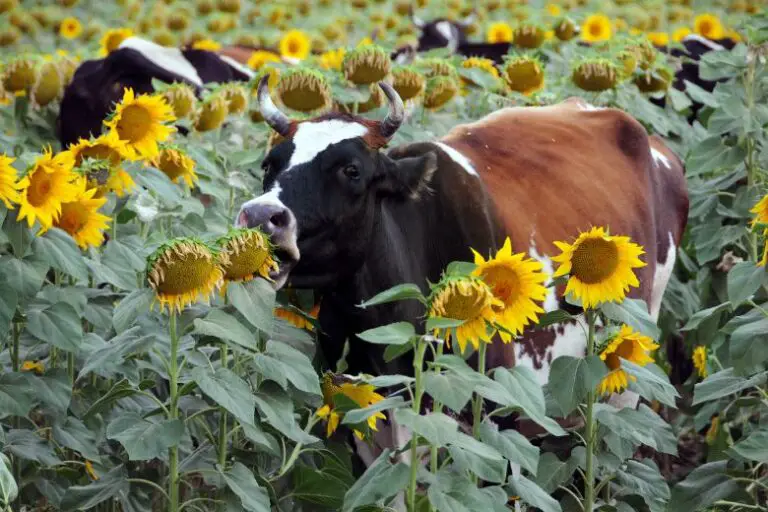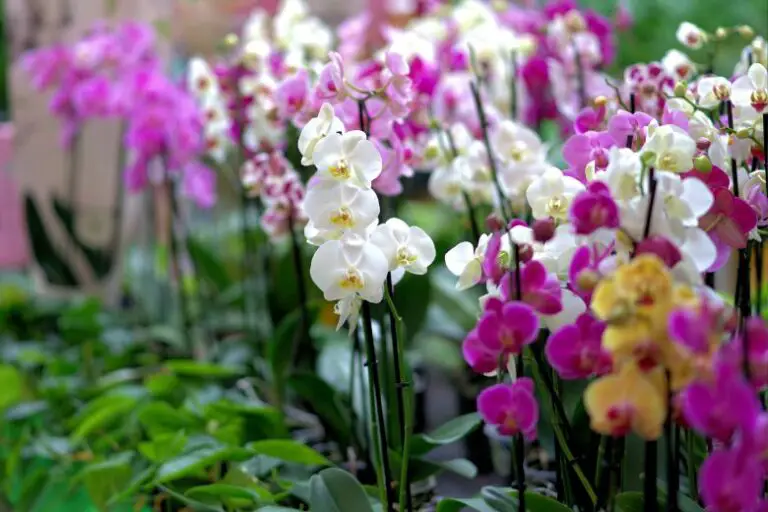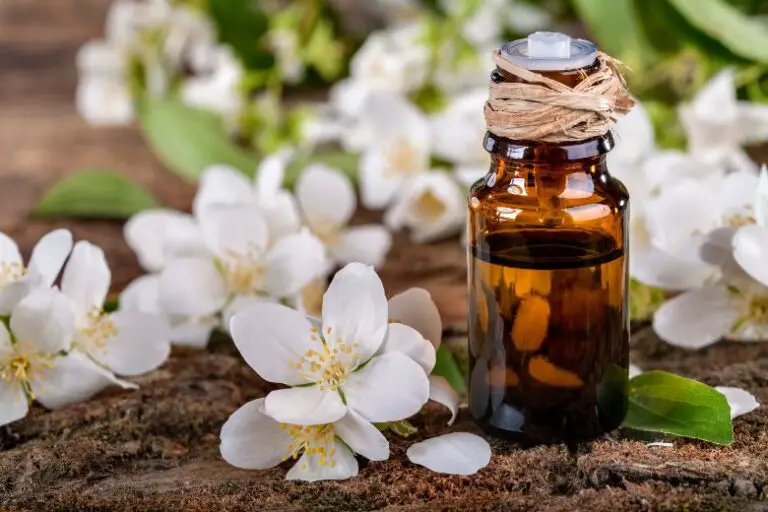Basics of Flower Gardening: A Guide to Creating a Beautiful Garden
Flower gardening is a beloved pastime for many nature enthusiasts. The sight of colorful blooms and the fragrant aroma they bring can instantly uplift the spirit and create a sense of tranquility.
Whether you have a spacious backyard or a small balcony, anyone can enjoy the joys of flower gardening.
In this guide, we’ll take you through the essential steps of creating a beautiful flower garden that will enchant you and your visitors all year round.
Understanding Flower Types
The first step in flower gardening is to familiarize yourself with different types of flowers. Flowers can be classified into annuals, perennials, biennials, and bulbs. Annuals complete their lifecycle in one growing season, while perennials return year after year. Biennials take two years to complete their lifecycle, and bulbs have an underground storage structure that allows them to survive adverse conditions.
When choosing flowers for your garden, consider factors such as the local climate, the amount of sunlight your garden receives, and your soil type. Opt for a mix of annuals and perennials to ensure continuous blooms throughout the year.
Selecting the Ideal Location
The success of your flower garden largely depends on its location. Most flowers thrive in areas with full sunlight, at least six hours a day. However, some varieties prefer partial shade. Observe your garden throughout the day to determine the sunniest and shadiest spots.
Additionally, ensure that your garden has well-draining soil to prevent waterlogging, which can lead to root rot. If your soil lacks nutrients, enrich it with compost or organic matter.
Planning Your Flower Garden
Before you start planting, plan the layout of your garden. Consider the height of each flower and arrange them accordingly to create a visually appealing display. Companion planting is also essential for repelling pests and promoting growth, so choose flowers that complement each other.
Furthermore, think about color schemes to create a harmonious atmosphere. You can go for a vibrant and colorful garden or a more subtle and calming palette.
Preparing the Soil
Prepare your garden bed by testing the soil pH and nutrient levels. Most flowers prefer slightly acidic to neutral soil, around 6.0 to 7.0 pH. If necessary, adjust the pH using soil amendments.
Adding mulch to your flower beds is crucial for conserving moisture, suppressing weed growth, and maintaining stable soil temperatures.
Starting Your Garden from Seeds
Starting your flowers from seeds can be a cost-effective way to fill your garden with a variety of blooms. Follow the germination instructions on the seed packets and transplant the seedlings into your garden once they are sturdy enough.
Transplanting seedlings requires careful handling to avoid damaging their delicate roots. Water the seedlings well after transplanting to help them establish in their new environment.
Planting Flower Bulbs and Tubers
Bulbs and tubers are another popular way to introduce flowers into your garden. Timing is crucial when planting these structures. Spring-blooming bulbs should be planted in the fall before the ground freezes, while summer-blooming bulbs can be planted in the spring.
Ensure that you plant bulbs and tubers at the correct depth and spacing to promote healthy growth and prevent overcrowding.
Caring for Your Flower Garden
Watering your flowers is vital, especially during dry spells. Aim to water deeply but infrequently to encourage deep root growth. Adding a layer of organic mulch around your flowers will help retain moisture and keep the soil cool.
Fertilize your plants regularly with a balanced, water-soluble fertilizer to provide them with the necessary nutrients for healthy growth. Pruning and deadheading spent blooms will encourage continuous flowering and maintain the plant’s overall health.
Dealing with Common Pests and Diseases
Keep an eye out for common pests like aphids, snails, and slugs. There are various natural methods for deterring these pests, such as using companion plants or creating barriers.
Diseases can also affect your flowers, so it’s essential to spot the early signs and take appropriate measures, such as removing infected plant parts and using organic fungicides.
Attracting Pollinators
Pollinators play a crucial role in the flower garden, facilitating plant reproduction. To attract pollinators like bees, butterflies, and hummingbirds, incorporate nectar-rich flowers in your garden. Avoid using chemical pesticides, as they can harm beneficial insects.
Extending the Flowering Season
With careful planning and the right plant selection, you can extend the flowering season in your garden. Succession planting involves sowing seeds or planting new seedlings at regular intervals to ensure a continuous supply of blooms.
Mixing both perennial and annual flowers will provide color and interest throughout the year.
Container Flower Gardening
If you have limited space, consider container gardening. You can grow flowers in pots, hanging baskets, or window boxes. Ensure that your containers have drainage holes and choose the right potting mix for optimal growth.
Water and fertilize your container plants regularly, as they may require more frequent care than plants in the ground.
Creating a Wildlife-Friendly Garden
Invite wildlife into your garden by providing them with food and shelter. Plant native flowers and shrubs to attract local birds and insects. Installing a birdbath or a small pond can also be a delightful addition to your garden.
Avoid using chemical pesticides, as they can harm both pests and beneficial insects.
Embracing Sustainable Gardening Practices
Practicing sustainable gardening is not only beneficial for the environment but also helps maintain a healthy garden. Compost kitchen scraps and garden waste to create nutrient-rich compost for your plants.
Conserve water by using soaker hoses or drip irrigation systems, and collect rainwater to water your garden during dry periods.
Dealing with Weather Challenges
Weather can sometimes be unpredictable and harsh on your flower garden. Protect your plants from frost by covering them with blankets or burlap. During scorching summer days, consider providing shade to delicate flowers.
In times of heavy rainfall or drought, adjust your watering schedule accordingly to avoid overwatering or underwatering your plants.
Conclusion
Flower gardening is a delightful journey of creativity and nature. By understanding flower types, selecting the right location, and planning your garden thoughtfully, you can create a mesmerizing display of blossoms that will fill your outdoor space with colors and scents.
By caring for your flower garden diligently and embracing sustainable practices, you’ll ensure the longevity and vibrancy of your garden for years to come.

